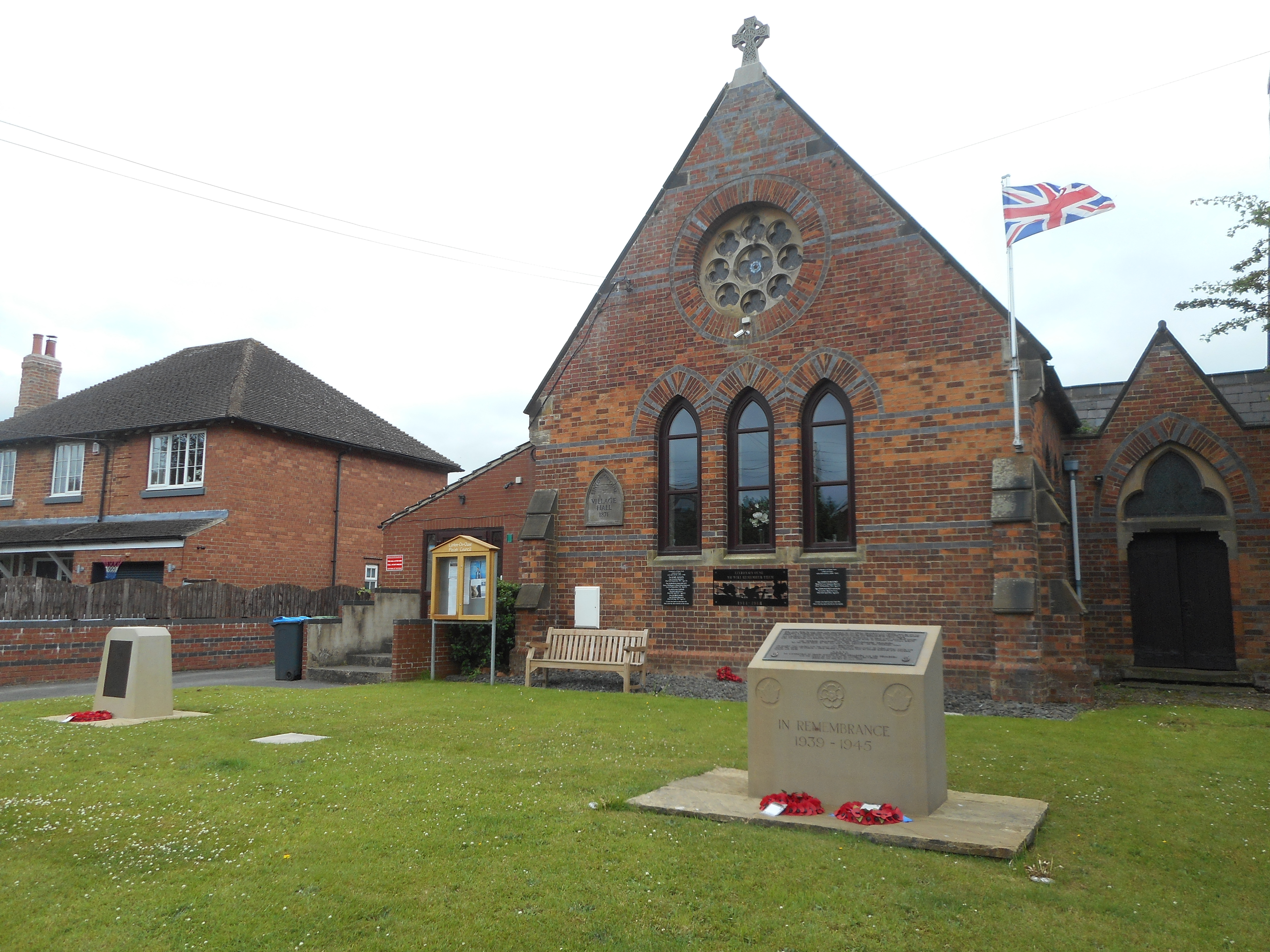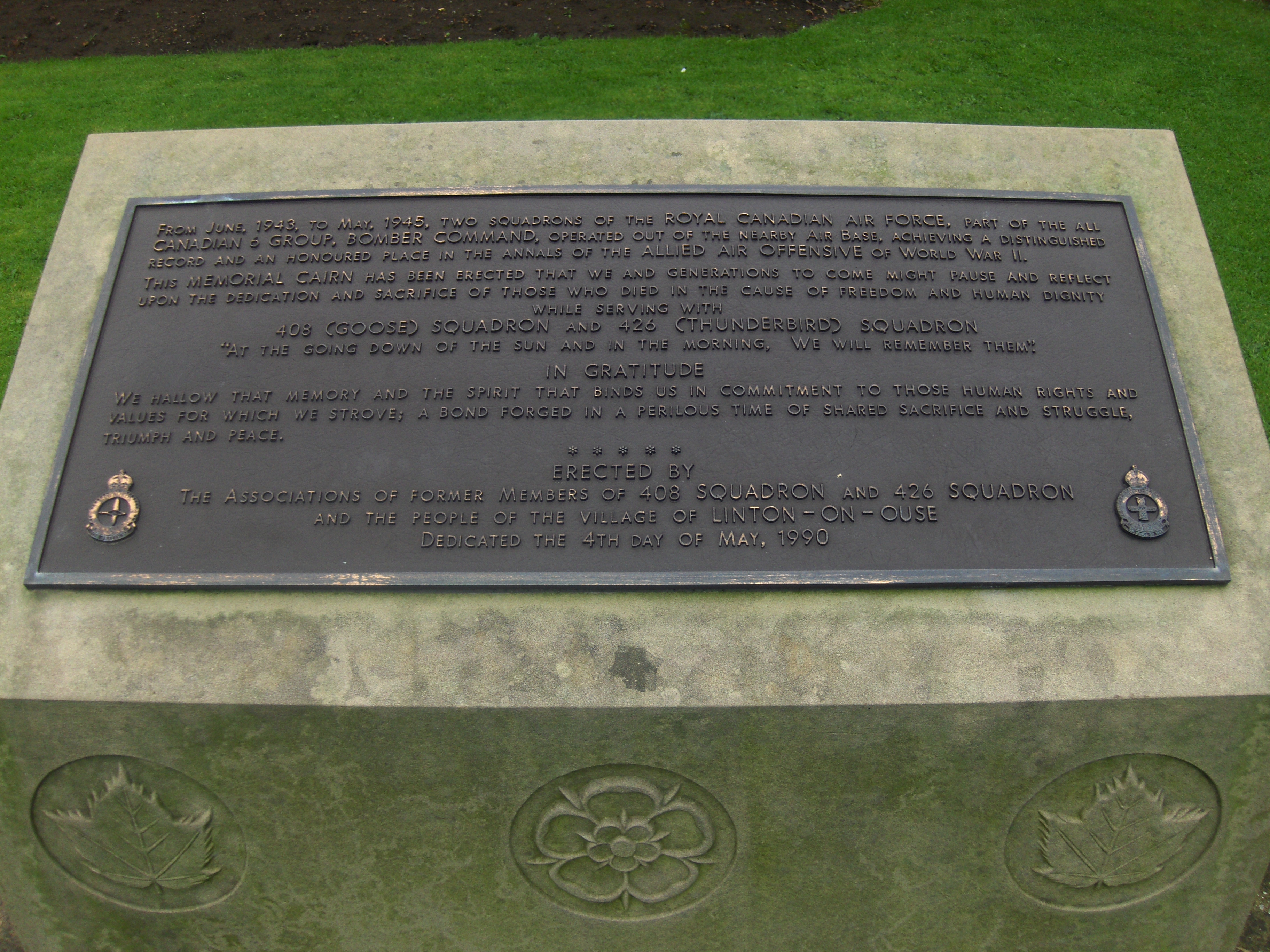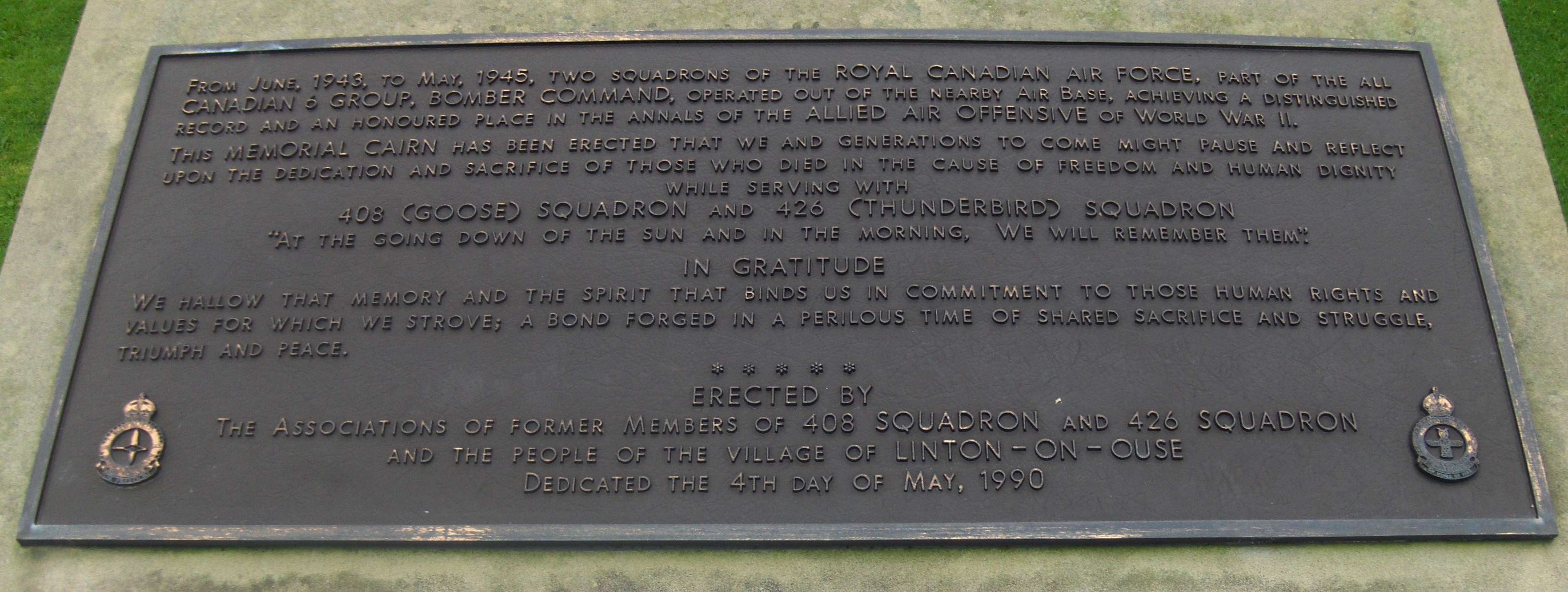Inverarity, John Alexander
Personal Information
| Rank | P/O |
| Forename(s) | John Alexander |
| Surname | Inverarity |
| Gender | M |
| Age | 26 |
| Date of Death | 08-06-1944 |
| Next of Kin | Son of James and Christina Inverarity. Husband of Ethel I. Inverarity, of Lucky Lake, Saskatchewan, Canada. |
Aircraft Information
| Aircraft | Avro Lancaster III |
| Serial Number | LL643 |
| Markings | EQ-Q |
Memorial Information
| Burial/Memorial Country | United Kingdom |
| Burial/Memorial Place | Runnymede Memorial |
| Grave Reference | Panel 250. |
| Epitaph |
IBCC Memorial Information
| Phase | 2 |
| Panel Number | 187 |
Enlistment Information
| Service Number | J/86381 |
| Service | Royal Canadian Air Force |
| Group | 6 |
| Squadron | 408 (Goose) |
| Squadron Motto | For freedom |
| Trade | Navigator |
| Country of Origin | Canada |
Other Memorials
| Location | Inverarity Lake, Manitoba; 10km NW of Nejanilini Lake |
| Country | Canada |
| Memorial Type | Lake |
| Memorial Text |
| Location | Village Centre, Linton on Ouse, North Yorkshire |
| Country | United Kingdom |
| Memorial Type | Stone Memorial and inscribed slate tablet |
| Memorial Text | In memory of 408 (Goose) and 426 (Thunderbird) Squadrons of R.C.A.F |
Commonwealth War Graves Commission
Fellow Servicemen
Please note that this list gives all the losses aboard the quoted aircraft and occasionally these may have occurred on an earlier date when the aircraft was not itself lost. Please check the dates of death carefully.
Last Operation Information
| Start Date | 07-06-1944 |
| End Date | 08-06-1944 |
| Takeoff Station | Linton-on-Ouse |
| Day/Night Raid | Night (98% moon) |
| Operation | Achères- to attack railway yards. Part of a 337 bomber strong force to bomb various lines of communications behind the Normandy beachhead. There was less cloud cover than the previous night with all targets being accurately bombed and fewer civilians killed. Because the targets were further inland than recent raids, the German night-fighters had a greater opportunity to infiltrate the bomber stream and as a result, losses were higher. 28 aircraft were Lost (8.3%). |
| Reason for Loss | Lost without trace |


